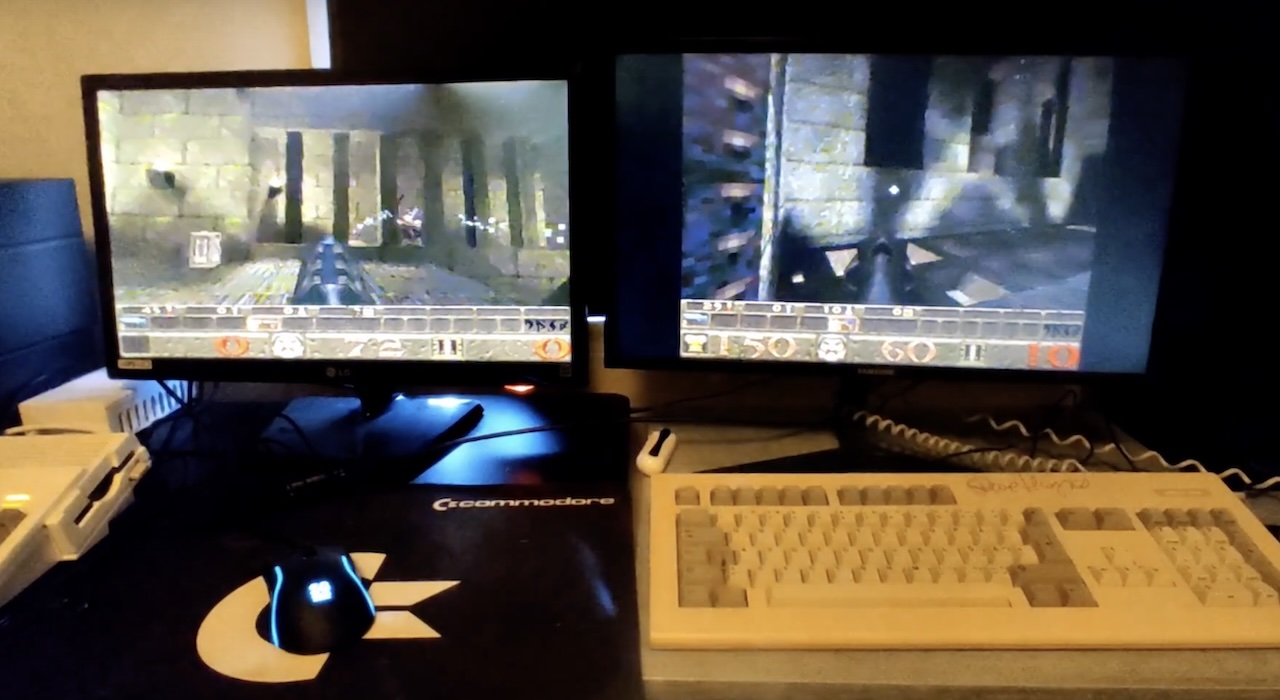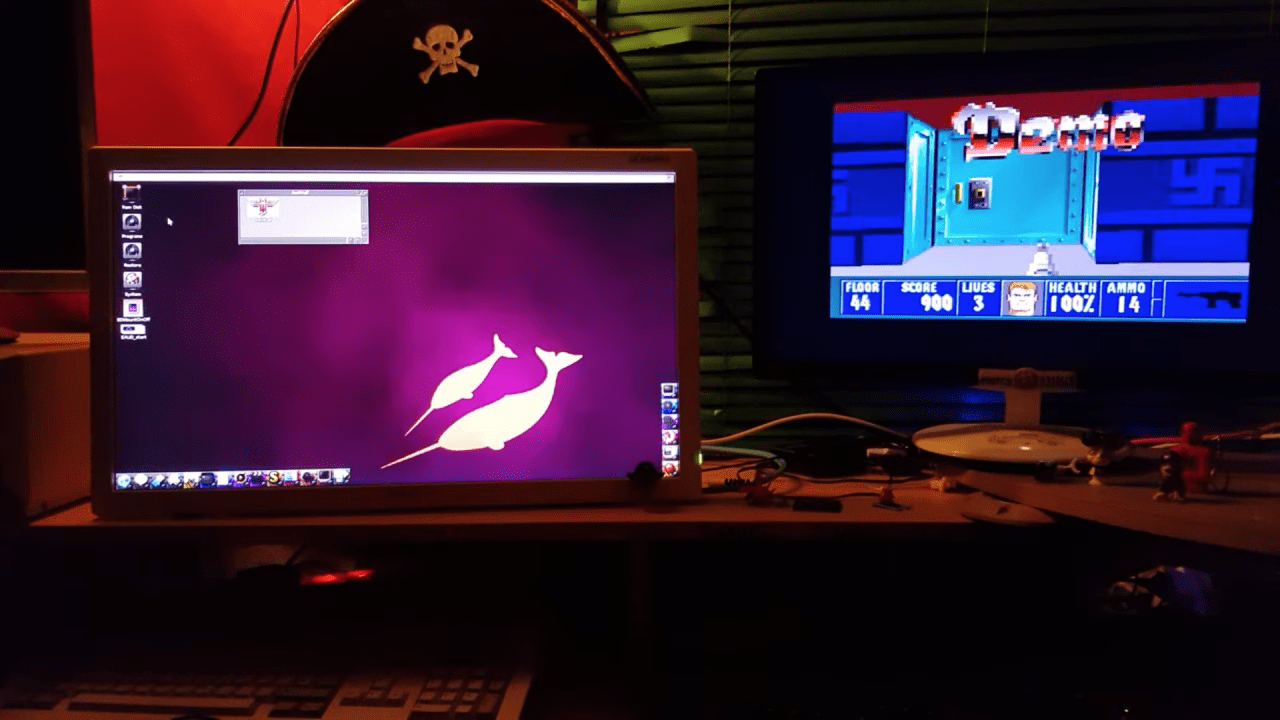It’s quite a shock to see Quake (3D First person shooter by ID Software) run so smoothly on a retro machine, with extra power from PiStorm. It is also a testament to the power of modern accelerators like the PiStorm for Amiga computers. Yes, PiStorm is even the reason why The Settlers II is getting released too for the platform. The new Emu68 1.1 which is shown by Michal Schulz is a testament to the drive at PiStorm team to move classic Amiga further into the future.
Original hardware specifications meet the new era with PiStorm
For a long time, the Amiga platform, while beloved, was limited by its original hardware specifications. The advent of accelerators that leverage a Raspberry Pi has changed everything.
The PiStorm project effectively replaces the original Amiga CPU with the powerful ARM processor inside a Raspberry Pi, allowing it to run software that was previously unthinkable on the classic hardware.1 This isn’t just about speed; it’s about pushing the boundaries of what these retro machines can achieve.
The current performance of Quake at 70 FPS in 320×200 as you can see above in the video is already amazing, providing a completely playable and enjoyable experience on all Amigas that PiStorm is made for. The only Amigas that aren’t in the PiStorm family is Amiga CDTV, Amiga 3000 and Amiga 4000. .. I hope these will get support too someday.
This insane performance is something that gamers don’t expect
This level of performance is what modern gamers expect, not something from a retro computer. When the very first Quake port came out, I visited the CU Amiga in London, where they showed me 8FPS in the smallest window. Now, Amigans with PiStorm and strong Raspberry Pi’s keep 800×600 at 48FPS!
The upcoming release of Emu68 1.1 promises to take PiStorm further
This development isn’t just about playing one game; it’s about a broader revival of the Amiga platform. Projects like the PiStorm and software like Emu68 are making these classic computers relevant again, allowing a new generation to experience them while also providing a fresh perspective for long-time fans. It’s an exciting time to be an Amiga owner, as the community continues to push the limits of what’s possible.
For retro computer enthusiasts and modern tech fans alike, a new development is set to redefine what’s possible on vintage hardware. The upcoming Emu68 v1.1 software, designed for Amiga computers equipped with a PiStorm accelerator, promises a substantial leap in performance, showcasing how modern ingenuity can breathe new life into classic platforms.
Emu68 is a Just-In-Time (JIT) emulator that allows the powerful ARM chip inside a low-cost Raspberry Pi to act as a hyper-fast replacement for the original Amiga processor. Instead of simply mimicking the old chip, it translates the Amiga’s code on the fly into code that the modern ARM processor can understand and execute much faster. This new version focuses on improving how this translation process works, specifically with its JIT scheduler and a new 4-way cache system. While the technical details are fascinating to engineers, the real-world impact is what matters to users.
Better performance for slower ARM CPUs
The most impressive result is the performance boost in demanding 3D games. For example, the classic game Quake 1 sees a significant jump from 36 FPS to 48 FPS at a high resolution of 800×600. This brings a game from the mid-90s to a fluidity that’s comparable to modern gaming. Even more remarkably, the new Emu68 v1.1 running at 1.8 GHz performs as well as the previous version did when it was overclocked to a much higher 2.2 GHz.
This development is part of a broader trend in the retro-computing community, where developers are pushing the boundaries of what vintage hardware can achieve. Projects like the PiStorm and Emu68 prove that these machines are not just museum pieces, but platforms ripe for innovation.
What do you think of 48FPS in 800×600 on Amiga?




